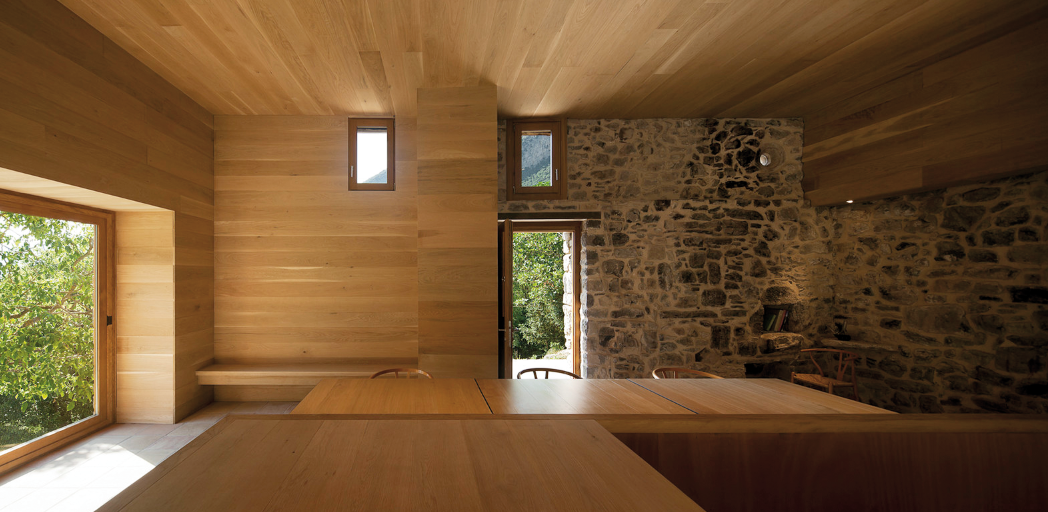Exhibitions
The MACBA inaugurates the first exhibition dedicated to the practice of María Teresa Hincapié

The MACBA inaugurates the first exhibition dedicated to the practice of María Teresa Hincapié (Armenia, Colombia, 1954 – Bogota, 2008), an artist located at the conjuncture of several disciplines, essential for the history of long-term performance or "training ", as she called him. If this were a beginning of infinity is curated by Claudia Segura Campins, curator of the Museum of Contemporary Art in Barcelona, and Emiliano Valdés, chief curator of the Museo de Arte Moderno in Medellin and can be visited from October 20, 2022 to February 26, 2023.
María Teresa Hincapié. If this were a beginning of infinity is the first major exhibition dedicated to the pioneering practice of this Colombian artist (1954-2008). Specialized in what we could call the poetics of the domestic, with which she transformed simple actions into sacred rituals, her practice resisted any specific categorization, as it oscillated between life, creation in motion and the search for communion with the planet . Hincapié started in theatrical practice as a member of the Acto Latino group, influenced in turn by the ideas of Jerzy Grotowski (1933-1999) and the experimental horizon that this Polish theater director opened around the concept of poor theater .
In 1990, Hincapié received the first prize of the XXXIII Salón Nacional de Artistas (Colombia) for his long-term performance Una cosa es una cosa, which thus became the first ephemeral, non-objective work to obtain this award. The action consisted in placing in the exhibition space all the things that the artist had in his home and interacting with them for eight consecutive hours over several days. In 1996 Hincapié received this distinction again thanks to Divina Proporción, a performative work that led her to inhabit the exhibition space for days while walking very slowly and taking care of the grass she had inserted into the joints of the concrete floor. The year before, Hincapié had started his ambitious Hacia lo sagrado project with a walk from Bogotá to San Agustín, a journey of 550 kilometers that lasted 21 days, passing through zones of armed conflict and feeding on seeds and panela (unrefined sugar). In this action of survival he performed ritual actions with a clear mystical vocation that, from that moment on, was to be the fundamental nucleus of his poetics. Art became the guide of his existence, as it not only provided him with a framework for his creativity but also influenced his ethics and understanding of politics. In the late nineties he acquired a farm (La Fruta) in the Sierra Nevada de Santa Marta, near the sacred settlement of the Koguis, which could only be accessed on foot. There he created an artists' residence that he called Aldea-Escola, a project that he kept alive until his last days.
This co-production between the Museo de Arte Moderno de Medellín and the Museu d'Art Contemporani de Barcelona, with the support of the Embassy of Colombia and the collaboration of El Graner, has the ambitious goal of being the first attempt to to exhibit the unclassifiable art of María Teresa Hincapié. Taking as the title of the exhibition that of Hincapié's first performative action that went beyond theatrical parameters, the exhibition brings together a vast selection of her works: photos, videos, documentation written by the artist herself, slides, visual testimonies, archival material, etc.
There are many questions that arise when an attempt is made to exhibit the work of María Teresa Hincapié in a museum with the purpose of making known the transcendence of her practice, in view of a new conception of the body and its context in the 'field of performance. That is why the exhibition is structured around thematic axes that condense some of the concerns or the most important moments of his career: a Preamble that describes the transition from theater to the visual arts; If this were a beginning of infinity, which captures the development of Una cosa es una cosa (one of his most emblematic works); a group of works that reflect on femininity in the world and that under the title I am a woman who is no longer a woman claim the mutant being, the one that changes constantly; his great project Towards the Sacred, which includes his spiritual researches; the long-term project of the Village-School, where he puts into practice his pedagogical approaches; Feet that lick, which includes his use of walking and slowness as tools of resistance and thought, and This earth is my body, which brings together a series of ecological projects.









